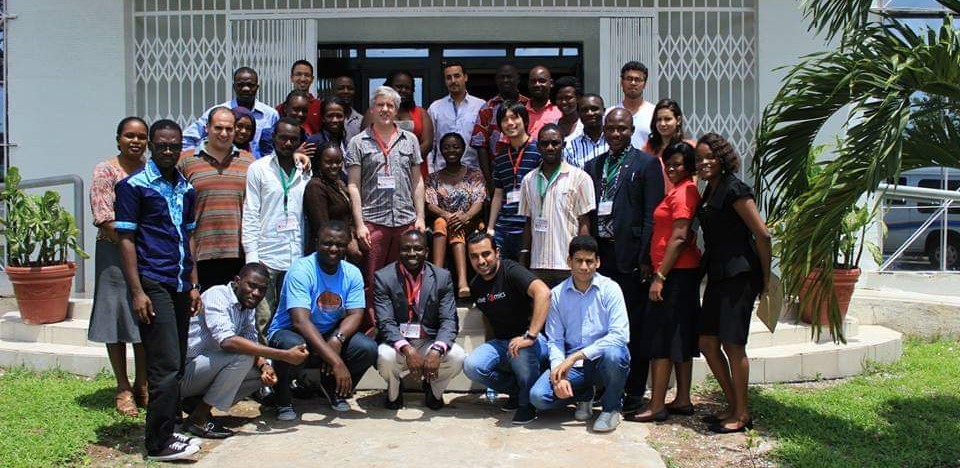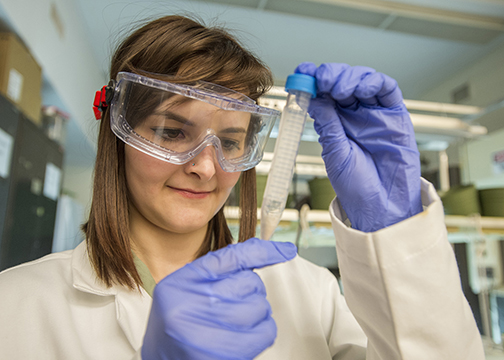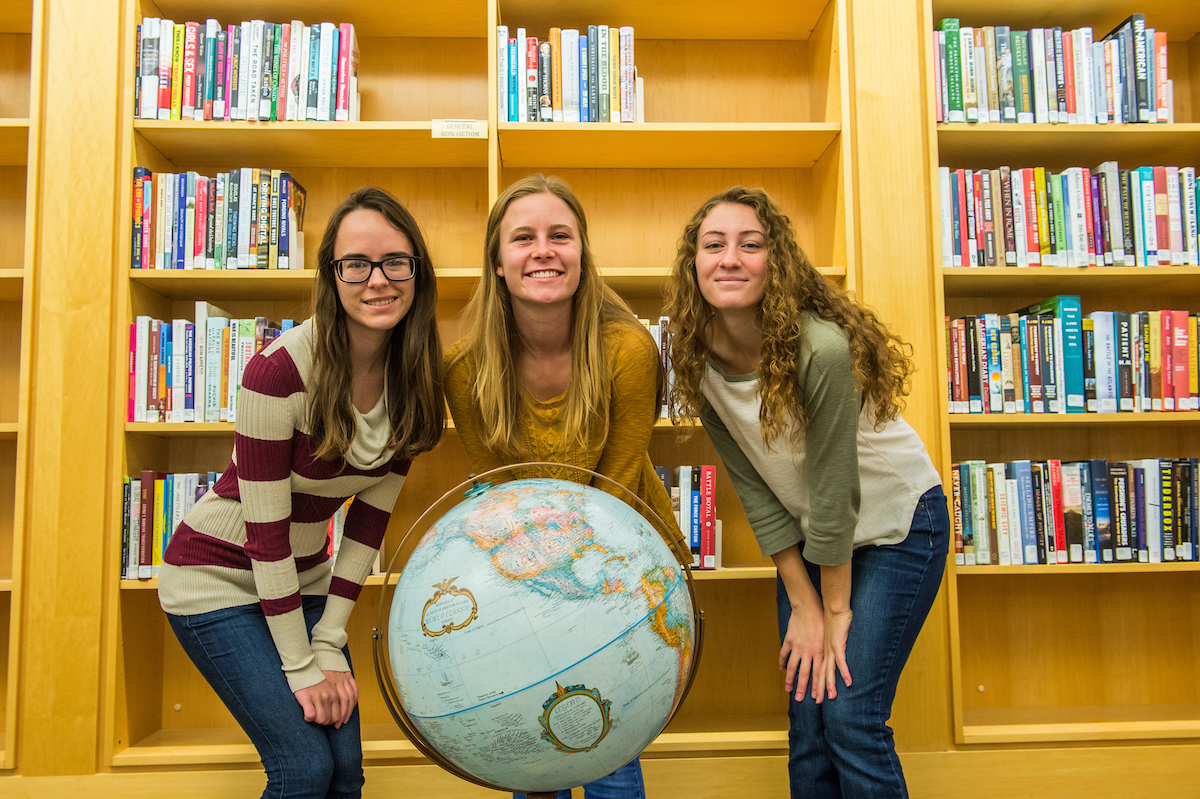
While olives might sneak into the American diet occasionally, they are an everyday staple for those living in the Mediterranean basin. As a socioeconomically valuable crop for this region, disease is a dreaded concept that researchers and growers constantly fight.
For Southern Illinois University Carbondale researcher and doctoral candidate Oussama Badad understanding the tiny little DNA and the organism’s complete genome is the best way to identify, halt and prevent crop diseases.
Uncovering genome sequence in the wild olive tree
Growing up on an olive orchard near Rabat, Morocco, the small fruit holds special meaning for Badad. As one of the oldest products of the Mediterranean region, olives have long been symbols of peace, health and longevity.
“Olives are in my heritage,” Badad said. “Genomics are just a tool that helps me elucidate all the goodness of olive oil.”
Badad began his work on olive genomics after completing his master’s degree in biotechnology and crop breeding, and then receiving a prestigious Fulbright scholarship to conduct additional research in the United States. He started working with the Olive Genome Consortium, which includes researchers from China, Japan, Morocco, Turkey, Spain and the United States of America.
After spending several years examining the genetic patterns of the fruit and sequencing the genome, Badad and the team of researchers sequenced the whole genome of the wild olive Olea Europea var, which transforms how future researchers study and view olive oil.
“The reason olive oil is so good, as compared to soybean or corn oil, is because it has a high oleic acid content up to 75 percent,” Badad explained. “After digging into the genome we found out the expression of the FAD2 gene family that converts the oleic acid into linoleic acid is down regulated by a little strand of RNA called a non-interfering RNA.”
Oleic acid is a naturally occurring monounsaturated omega-9 fatty acid, which is a popular term in the health food industry for those foods that help to reduce cholesterol and lessen inflammation. Because of this specific gene sequence, olive oil has one of the highest levels of the healthy fats, making it commonly recommended in a heart-healthy diet.
While other research is looking at artificial ways to add these healthful components to other oils, this unique aspect of olive oil already sets it up with the valuable nutrients. For Badad, understanding this basic component of the oil is an excellent stepping-stone for future genome study.
“We are suspecting that there is another mechanism for regulating that gene expression,” Badad said. “We are conducting an epigegenome profiling to see how DNA metylationthat is affecting the expression of those genes.”
Using genomics to fight disease
Studying the genetic structure of the organisms allows the researchers not only to identify the healthful benefits of olive oil, but it also allows them to find the root issues of diseases.
“Italy is facing a severe crisis in their orchards, with disease killing the olive trees,” Badad said. “That’s when our job becomes important.”
Now that we are starting to understand genetics and the structure of the genes, researchers can dig deep, find solutions, and improve the resistance to these diseases, Badad explained.
The genomic sequence allows the researchers to examine the protein interactions between the host and the disease. Once they understand the relationship at a molecular level, they can work to break it genetically to develop resistant populations.
In the same way that this works for plants, it also works in human diseases. Badad experienced this while working with the African Bioinformatics Network to build genomics and bioinformatics capacities. While there, he worked with geneticists who were on the ground sequencing the genes and looking for ways to interrupt the pattern and halt diseases like African Malaria.
In 2014, Badad was in Ogun State University in Nigeria in a U.S. NIH program where he worked with other researchers to analyze gene sequences of the plasmodium falciparum, which was causing the malaria.
“This is why new sequencing technologies are really powerful tools,” Badad explained. “You don’t have to be in the lab; you can go and get your sequences on the field.”
Working with Big Dawg for genome sequencing
While the rise of genomics is becoming more affordable to generate data from high throughput sequencing technologies, the bioinformatics analysis is not cheap. Not only do researchers need the DNA sequencers, but they also need access to high performance computers. For Badad’s work with the olive genome, that means working with SIU’s BigDawg High Performance Computing Cluster.
As one of the top research resources, this supercomputer analyzes and processes information in just hours, rather than several days. With a capacity of 48,000 gigabytes of storage, Badad uses this high-tech machine to run his complex calculations on 100 gigabytes of DNA sequencing.
“We extracted DNA from different plant tissues, and run them in a high throughput sequencer,” Badad said.
To simplify the sequencing, it is a series of readings of every single nucleotide base on the DNA strand in purpose of building a sequence consensus, he explained. The raw data from the sequencer was subject to quality control. Assembling high quality reads allows the genes to be structurally and functionally annotated and made public for researchers working on yield improvement, high oleic acid content or further disease resistance research.
Looking toward the future
Last January, Badad traveled to San Diego to present the results of the olive genome research at the Plant and Animal Genome conference. With over 3,000 attendees, this event is one of the largest genomics meetings in the world.
Through this experience, Badad discovered another genomic correlation for a new member of the FAD gene family. He, along with his team, are exploring this topic further and hope to publish additional research in the near future.







